Cortisol is a hormone secreted by the adrenal cortex, commonly referred to as the “stress hormone” due to its role in the body’s stress response. It accounts for over 80% of the total concentration of 17-hydroxycorticosteroids in the blood. Most cortisol in the blood is bound to transcortin (corticosteroid-binding globulin, CBG) and albumin (around 90%)....
011/3393000
011/3392000
060/3392004
Gundulićev venac 5, Beograd

















 Neparno 10
Neparno 10